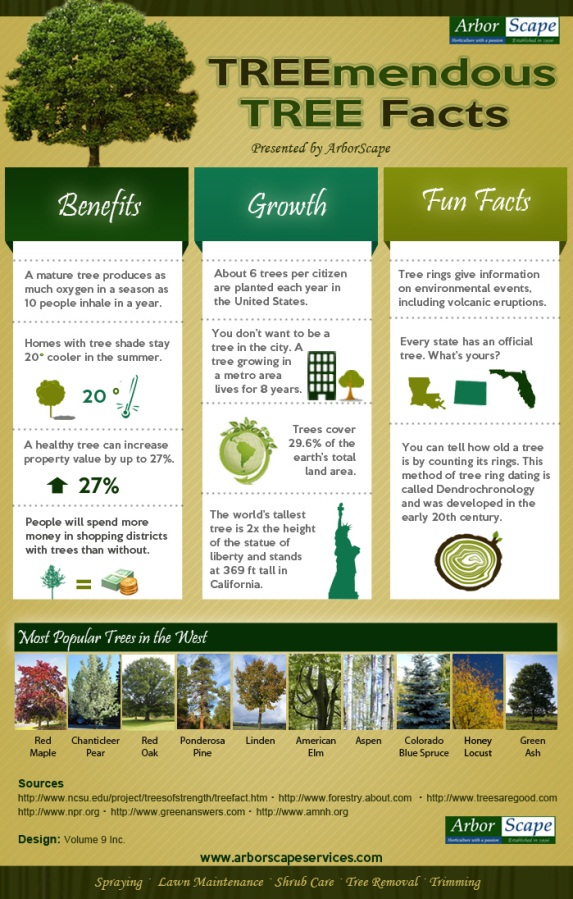Indicators It's Time To Eliminate A Tree - A House Owner'S Guide
Indicators It's Time To Eliminate A Tree - A House Owner'S Guide
Blog Article
Authored By-Wright Abrahamsen
Trees include appeal and worth to property, however they can additionally present a danger throughout extreme weather condition occasions. If a tree has actually stopped expanding, is displaying noticeable fungal development, or has a leaning trunk, it must be eliminated by an expert to stay clear of home damages and injury.
To learn more, go to a homeowner resource reasonable co-hosted by HPD, the Center for NYC Neighborhoods, and Brooklyn-based real estate partners this night in Bedford-Stuyvesant. The event will feature the Property owner Manual, a brand-new guide to aid house owners navigate the obligations of owning a home.
1. Dead or Perishing Branches
Trees are an indispensable part of your home's landscape, using color and charm. They also offer shelter for wild animals and generate oxygen, but even healthy and balanced trees can experience health issue that might require their removal. Dead or dying trees aren't just unsightly, they can be harmful. Their branches could fall during a tornado, leading to costly property damage and injuries.
When a tree's branches begin to pass away, it implies that its structure is starting to break down. If most of its branches are dead, it is likely time to remove it.
Look for an absence of brand-new development, bark peeling, open injuries or dental caries, fungi expanding on the trunk or origins and a basic appearance of degeneration in the whole cover. These signs of infection can show a significant trouble that will call for specialist tree solutions to resolve.
2. Leaning Trunk
While it's normal for trees to lean every now and then because of phototropism, if a tree has a harmful or extreme lean that's not as a result of natural processes - maybe an indicator that the tree requires to be gotten rid of. If the tree is leaning toward a power line, home, lorry, play framework or any other area that could be unsafe to people if it drops, after that speaking to a professional tree solution for elimination should be a top priority.
isa arborist exam 's also important to expect any sudden changes in a tree's leaning as it can indicate damages to the origins or trunk that may bring about dropping. This is especially true throughout stormy weather, given that high winds and rain-soaked soil can create a lean to alter promptly. Routine monitoring, specifically during and after storms can assist homeowners recognize possible troubles with their trees so they can call an arborist for a complete evaluation.
3. Insect Infestation
Some pest problems, such as wood-boring insects like emerald ash borer or sap-suckers like range pests, are so extreme that they can trigger a tree to die. The most effective means to prevent pest invasion is to monitor your trees on a regular basis. Look for spots, openings, or discolorations in the fallen leaves and bark. Take a look at the trunk for cracks and indicators of insect damages, such as tunnels or tracks.
If a tree comes to be as well ravaged with pests, or is close to a home or power lines, an arborist may suggest removal. If a leaning tree creates a new, unstable lean, an arborist will likely advise elimination too to make sure the security of individuals and building. If a weakened or dead tree continuously loses extreme branches, it is an indicator that it is time to eliminate the tree. If a tree remains to lose branches for a prolonged amount of time, it could bring about architectural problems and possible building damage.
4. Harmed Trunk
Trees are an attractive and important part of our landscape, but they do require regular care to maintain them healthy and safe. If Discover More is damaged irreparable it is likely time for it ahead down.
Try to find signs of damage to the trunk, including upright cracks, seams, dead branch stubs, visible wounds or open tooth cavities and severe tree-rot. The existence of fungi at the base of the trunk is one more alerting indicator. Fungi might show that the phloem and xylem (life-support tissues) are compromised, enabling the spread of condition or a future failing.
Likewise, take into consideration whether the tree has actually quit growing. Healthy trees will have brand-new growth each year, which might show up as buds or branches sprouting and expanding. If you don't see any kind of brand-new growth, it's a great idea to have an arborist assess the tree and follow their suggestion for removal. A dying or harmed tree can fall and create residential or commercial property damage.